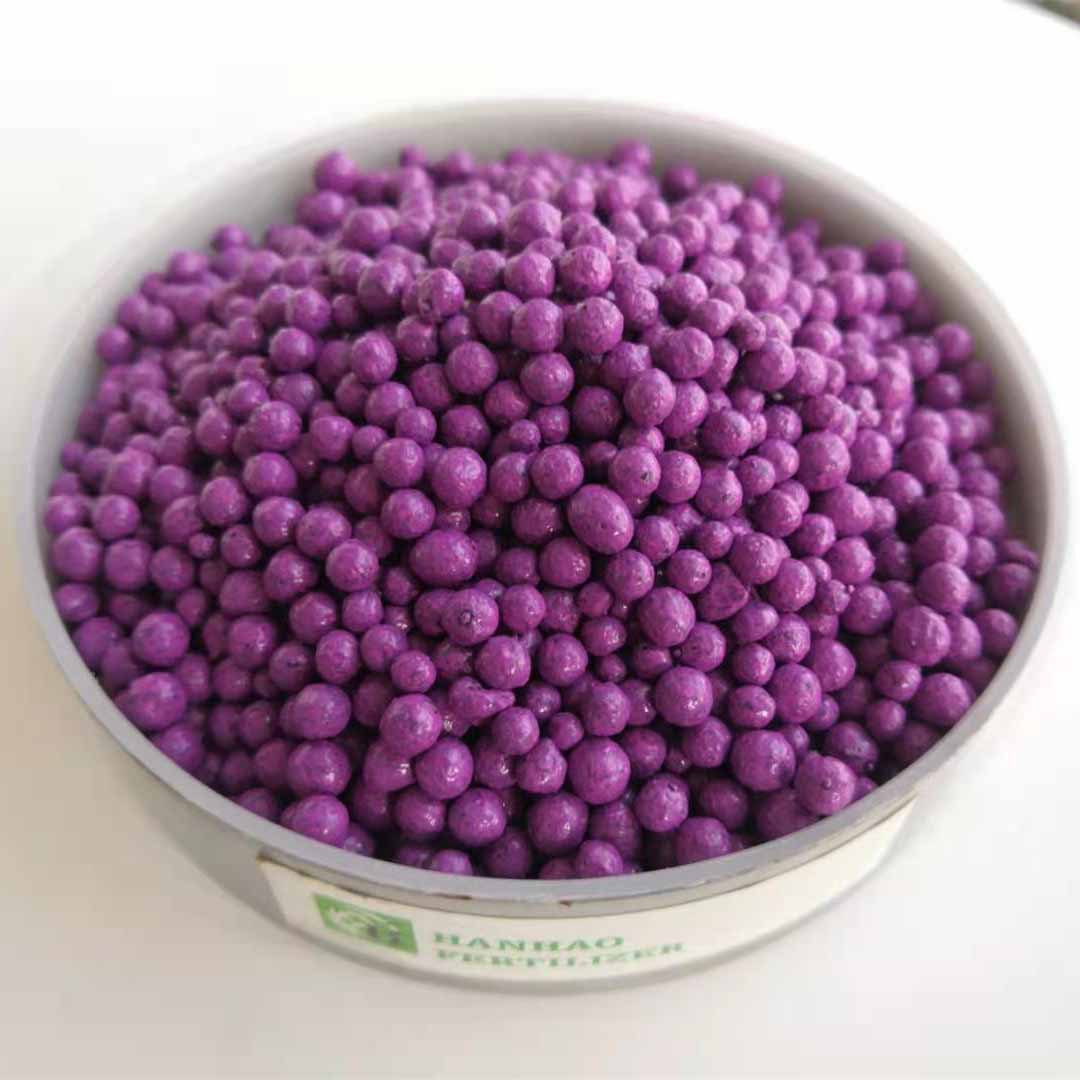
Dec . 09, 2024 20:53 Back to list
NPK Fertilizer Solutions for Optimal Plant Growth by Leading Manufacturers
The Significance of NPK Fertilizers for Plant Growth
In the realm of agriculture and gardening, the term NPK fertilizer has become synonymous with effective plant nutrition. NPK stands for Nitrogen (N), Phosphorus (P), and Potassium (K), three essential nutrients that play a vital role in the growth and development of plants. Understanding the significance of NPK fertilizers can help manufacturers create products that significantly enhance productivity and yield while aiding gardeners and farmers in achieving optimal results.
The Role of Nutrients
Each of the three nutrients in NPK fertilizers serves a unique purpose. Nitrogen is crucial for the growth of foliage and overall vegetative development. It aids in the formation of chlorophyll, which is essential for photosynthesis. Plants lacking nitrogen may exhibit stunted growth and yellowing of leaves, known as chlorosis.
Phosphorus, on the other hand, is vital for energy transfer and photosynthesis. It plays a significant role in the development of roots, flowers, and fruits. A deficiency in phosphorus can lead to poor root systems, hindered flower production, and reduced fruit quality.
Potassium is essential for several plant functions, including the regulation of water uptake and enzyme activation. It helps improve drought resistance, crop quality, and overall plant health. An adequate supply of potassium is especially important during the flowering and fruiting stages of plant development.
Tailoring NPK Fertilizers to Plant Needs
Recognizing that different plants have varying nutrient requirements is crucial for manufacturers of NPK fertilizers. The ideal NPK ratio will depend on the specific type of plant, soil condition, and the growth stage of the plants. Therefore, manufacturers often create fertilizers with different NPK ratios tailored for various applications, such as vegetable gardens, flower beds, or commercial crops.
npk fertilizer for plants manufacturer

For example, a high nitrogen ratio (like 20-10-10) would be ideal for leafy vegetables and grasses, while a balanced mix (like 10-10-10) may be more suitable for general use across different plants. A higher phosphorus ratio (like 10-20-10) can be particularly effective for flowering plants and fruit-bearing crops since it promotes robust root and flower development.
Sustainable Practices in NPK Fertilizer Production
In recent years, sustainability in agriculture has taken center stage. Manufacturers of NPK fertilizers are increasingly focusing on production methods that minimize environmental impact. This includes utilizing natural and organic sources for these nutrients, reducing carbon footprints, and promoting practices that enhance soil health.
Innovations such as slow-release fertilizers, which gradually provide nutrients to plants over time, are also gaining popularity. These products can reduce nutrient runoff, improve efficiency, and support sustainable agricultural practices.
Furthermore, manufacturers are engaging in research and development to produce NPK fertilizers that are more efficient. For instance, coating technologies can help nutrients reach plants at the right time, reducing waste and ensuring that the plants receive adequate nutrition when they need it most.
Conclusion
As the global demand for food continues to rise, the importance of effective fertilization strategies cannot be overstated. NPK fertilizers, designed with the unique needs of different plants in mind, serve as a foundation for healthy growth and increased agricultural productivity. As manufacturers innovate and expand their product lines, they not only contribute to the success of farmers and gardeners but also play a pivotal role in advancing sustainable agricultural practices. By understanding the essential functions of nitrogen, phosphorus, and potassium, stakeholders in the agricultural sector can make informed decisions that lead to flourishing crops and a healthier environment.
-
10-10-10 Organic Fertilizer - Balanced NPK Formula
NewsAug.02,2025
-
Premium Organic Manure Compost for Eco Gardens
NewsAug.01,2025
-
Organic 10-10-10 Fertilizer | Balanced Plant Nutrients
NewsJul.31,2025
-
Premium Amino Acid Fertilizer | Rapid Plant Growth Booster
NewsJul.31,2025
-
10 10 10 Fertilizer Organic—Balanced NPK for All Plants
NewsJul.30,2025
-
Premium 10 10 10 Fertilizer Organic for Balanced Plant Growth
NewsJul.29,2025
